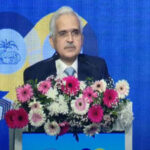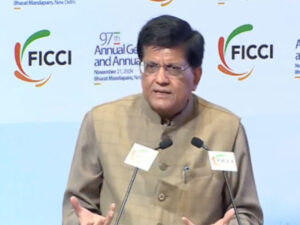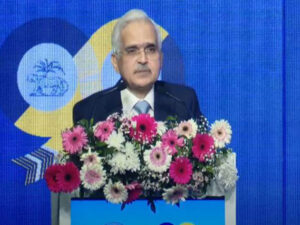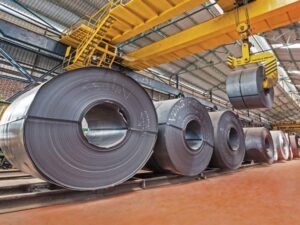As I walked through underground corridors of Boeing’s assembly line in Seattle, I was told of stories and legends of Boeing’s early days. How engineers used to frequent those corridors with large charts, design drawings and plans. Every inch of the wall was covered in engineering drawings and plans. I closed my eyes and filled empty corridors with engineering activities in my imagination, and I was influenced. Boeing has been known for its leap in aviation engineering. I was impressed before stepping a foot on the assembly floor. This was one and a half years before the max crashes.
Ever since the max debacle, Boeing has been recipient of public fury. I believe that Boeing has cut corners in operationalizing max aircrafts. They put a computer to avoid extensive cost of training and simulators. While there have been several whistleblower stories about failing standards of engineering excellence at Boeing, a Canadian guy I met in Hawaii was in support of Boeing. According to him, max failure was a learning moment that will only improve the computer and robotics of airplanes. No matter which side of the fence one sits, a visit to Boeing’s assembly factory would always be enchanting.
Boeing’s facility was divided into two sections by a freeway in between. A bridge over the freeway connected the two sides. On the right were the assembly lines; while on the left were painting, testing and delivery sections. Traffic usually came to a standstill when Bowing transferred fully assemble aircrafts through that bridge, as onlookers stopped their cars in the middle of the highway and often stepped outside to take pictures. When a shift ended, Boeing’s employees taking ferries and driving cars took over the neighborhood completely, since Boeing was the largest employer of the county with thousands of employees. The number of employees was even more before computers and robots took over the bulk of the work.
Boeing’s assembly lines were certainly the highlight of the tour. They were gigantic u-shaped lines. Assembly started with fuselage, continued with hydraulics, electrics and other essential equipments, followed by tail and wings with engines, and ended with seats and interior. Each airplane was designed by Boeing designers as per requirements by airlines. While redundant safety features and essential electronics were part of every aircraft, engine, interiors, and exteriors were the most customized parts of airplanes. Each airline was at liberty to decide legroom based on their willingness to make our life miserable while flying.
Boeing had developed a complex supply chain of thousands of suppliers supplying different parts of the aircrafts. The company delivered over 700 airplanes from its Seattle facility in that year. I saw aircrafts being built for multiple airlines around the world. The assembly line was continuously moving. Multiple cranes, large tools and machines were carefully placed to maximize efficiency. Our guide bragged about Boeing’s success in employing lean management without affecting the quality of their manufacturing, something that came to haunt them during the max debacle. He refused to give us numbers, as to avoid lawsuits by shareholders if the numbers did not match with Boeing’s declaration to its shareholders.
We were lucky to witness testing of an assembled aircraft’s engine as well as painting. Judging by changes in noise levels, the engine was tested for changes in its speed, fuel flow, and thrust. Painting exteriors was also a multi-day affair. Boeing’s pilots tested the airplanes by doing test flights before the aircraft engineers and pilots ran their tests and accepted the delivery upon successful completion of testing. Transportation out of Boeing’s facility was the responsibility of individual airlines. The tour started with a movie outlining Boeing’s history. We were transported to different parts of the facility by bus.
No matter how you feel about Boeing, airplanes are marvels of modern engineering. A tour of the Boeing facility is a perfect way to appreciate the marvel and the intricacy of the flying metal birds. Boeing does a fantastic job of a comprehensive tour of the facility and explaining the entire end-to-end process of assembling an aircraft. With the current pandemic and health emergency, next week I will write about my visit to the National Museum of Health and Medicine.
Mihir Jaiswal is a traveler and the author of Sculpting Revenge.
Blog: mihirjaiswal.blogspot.com; Twitter: @mihirja; Snapchat: @mihirj9

















